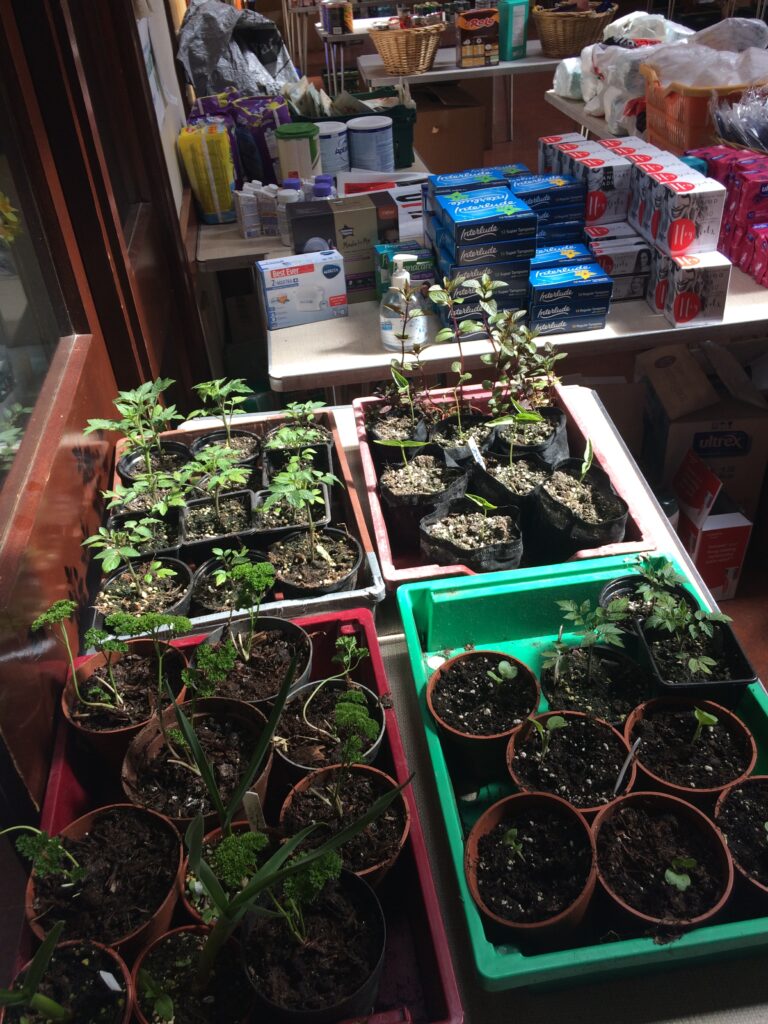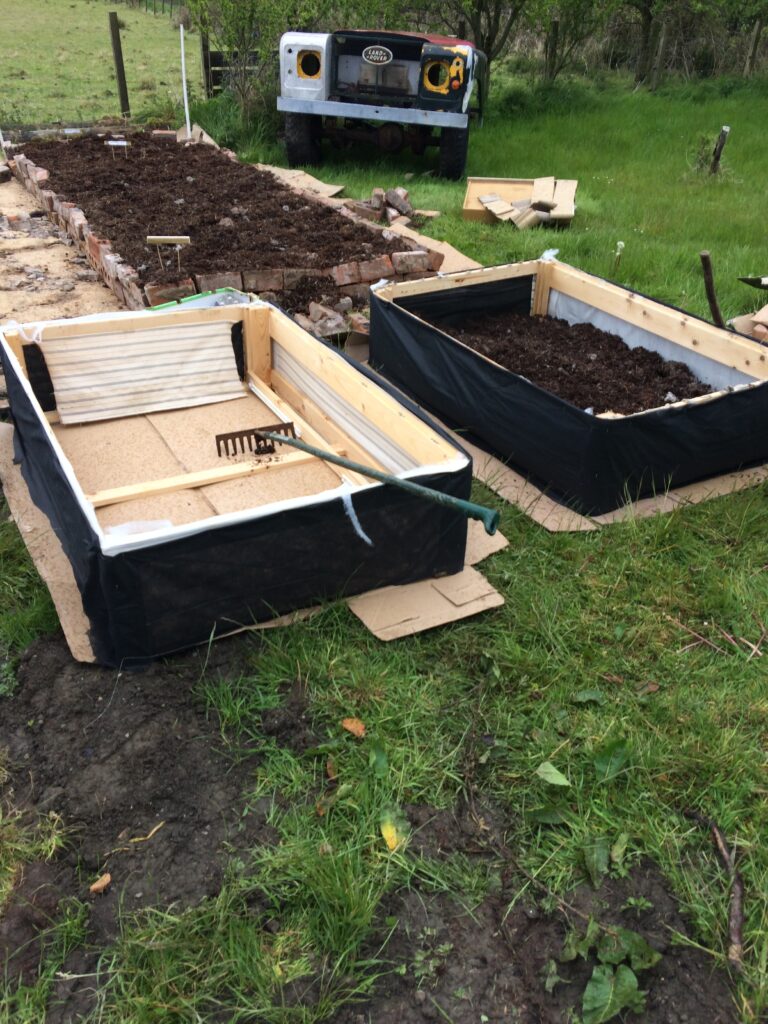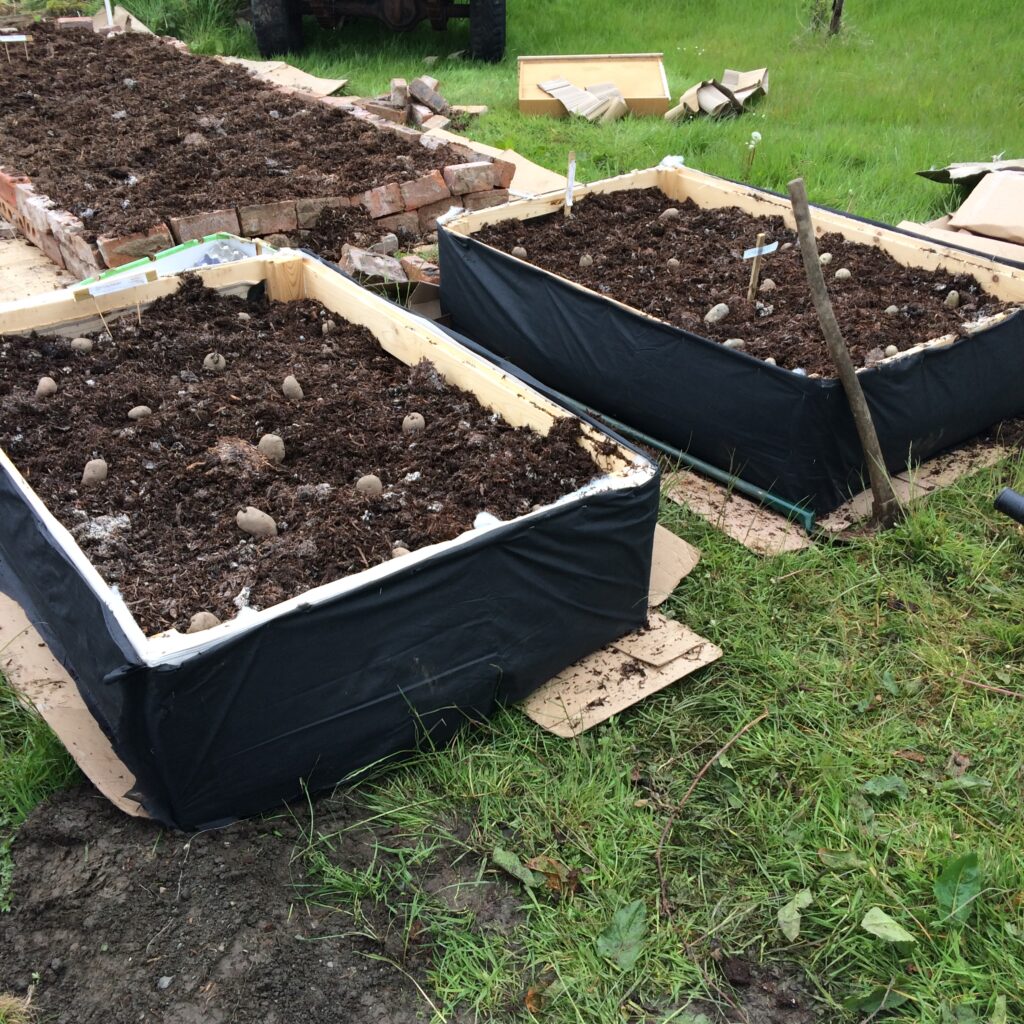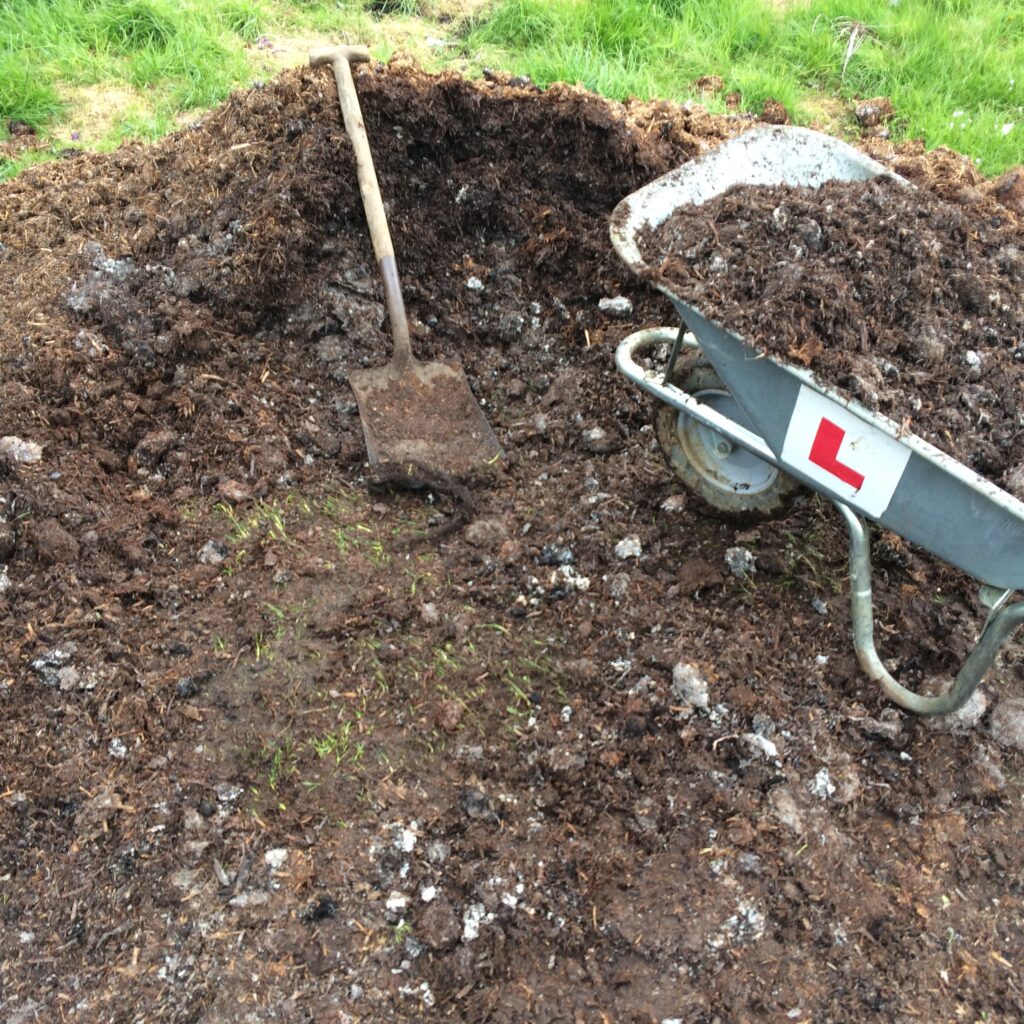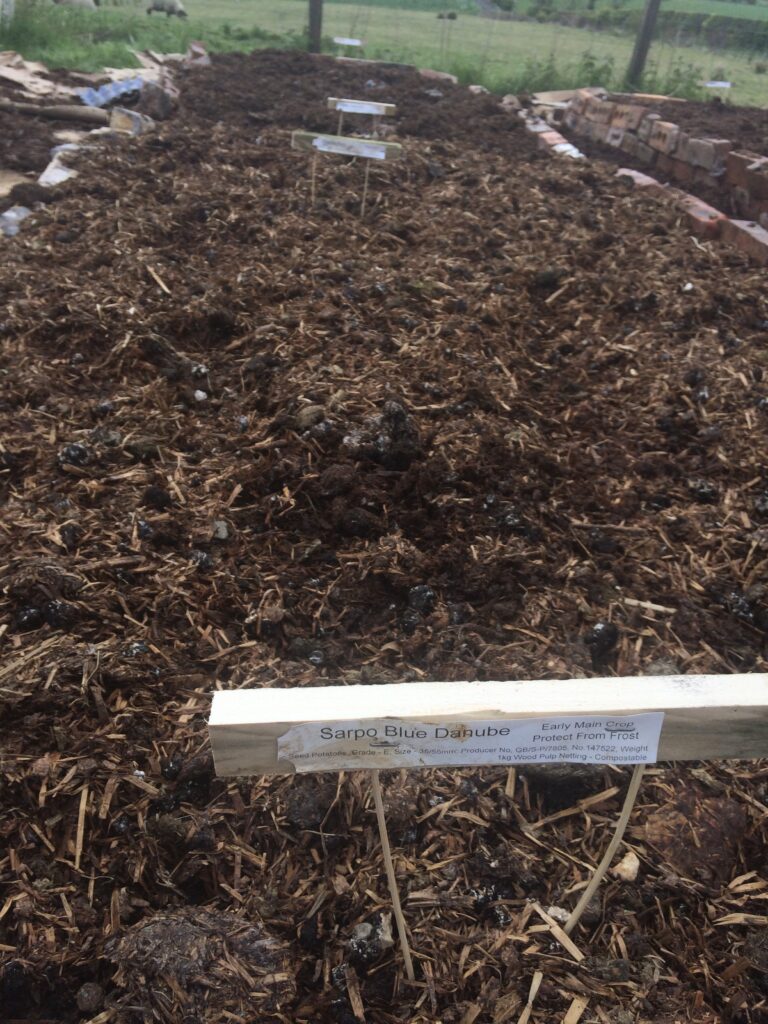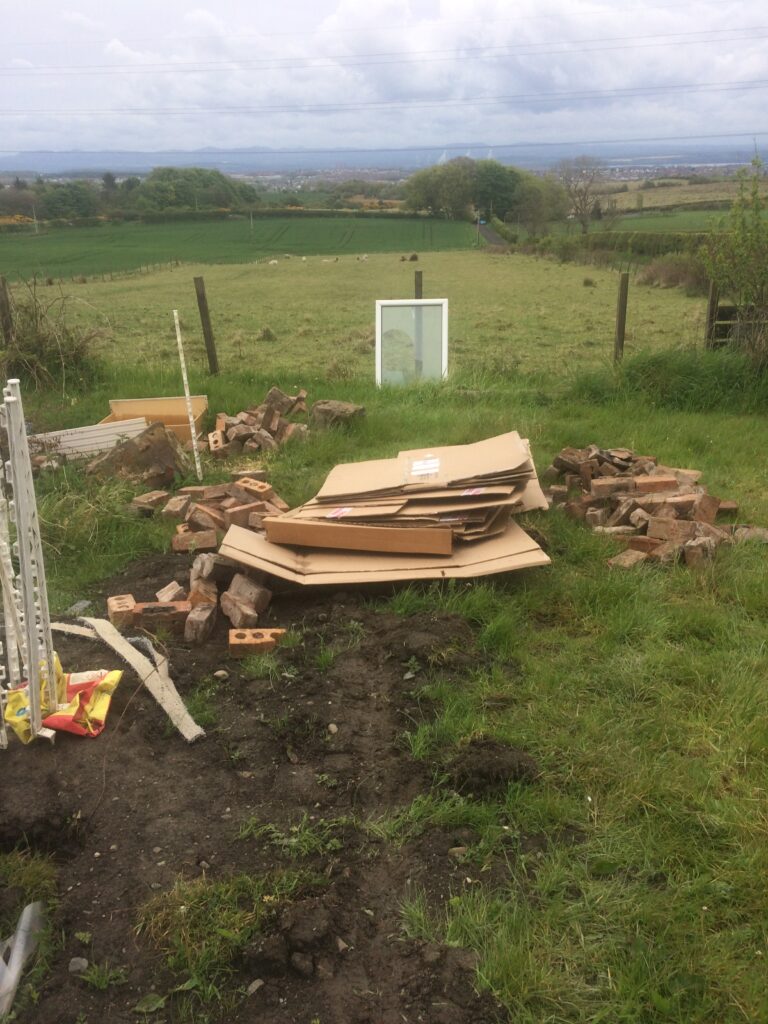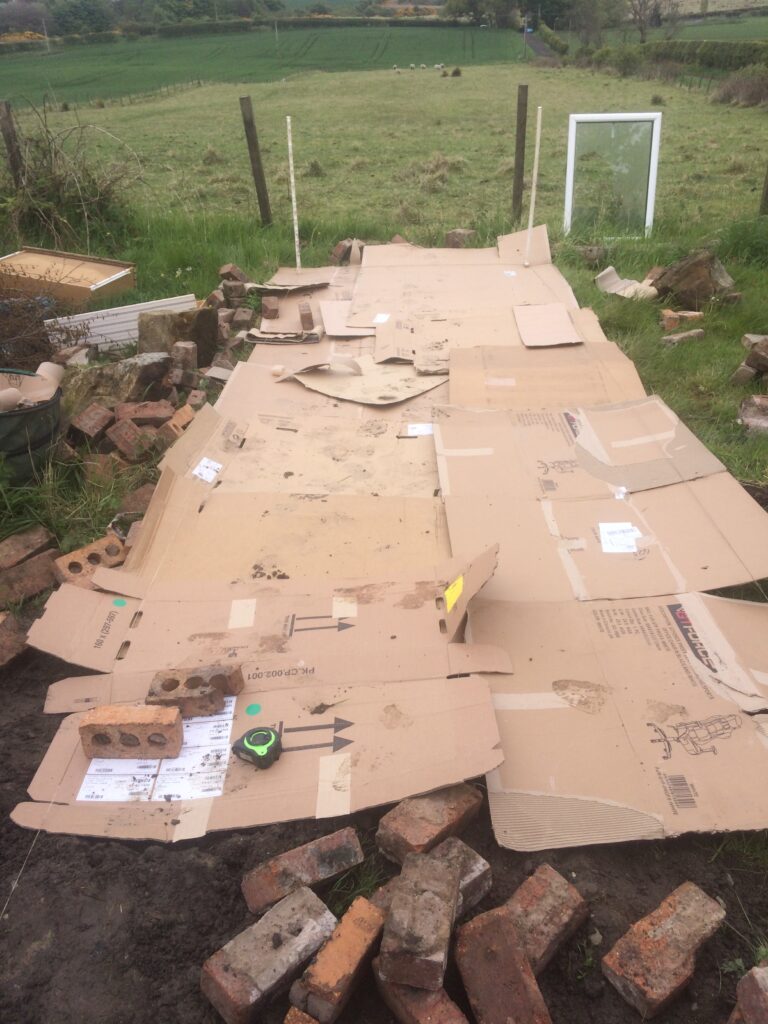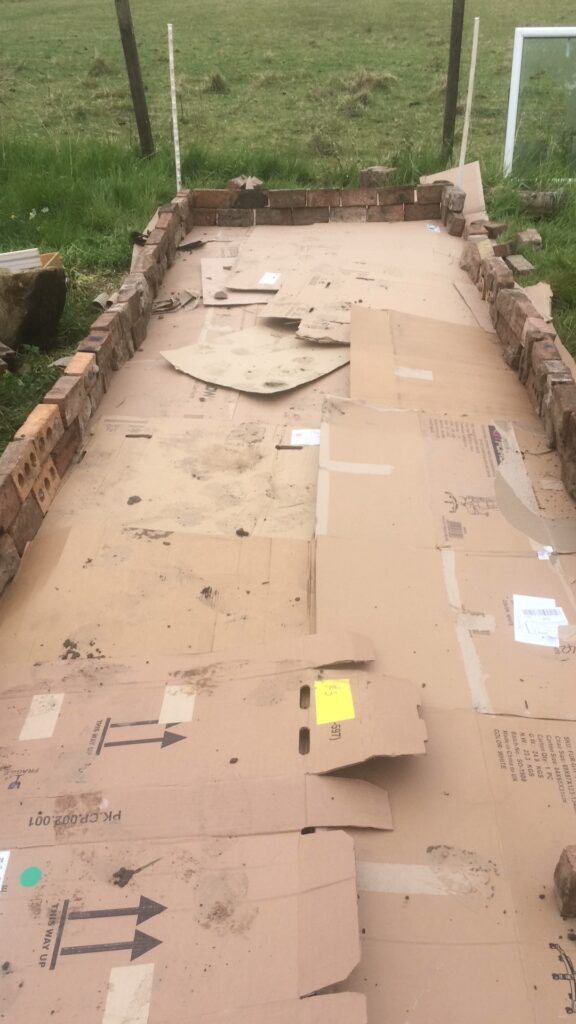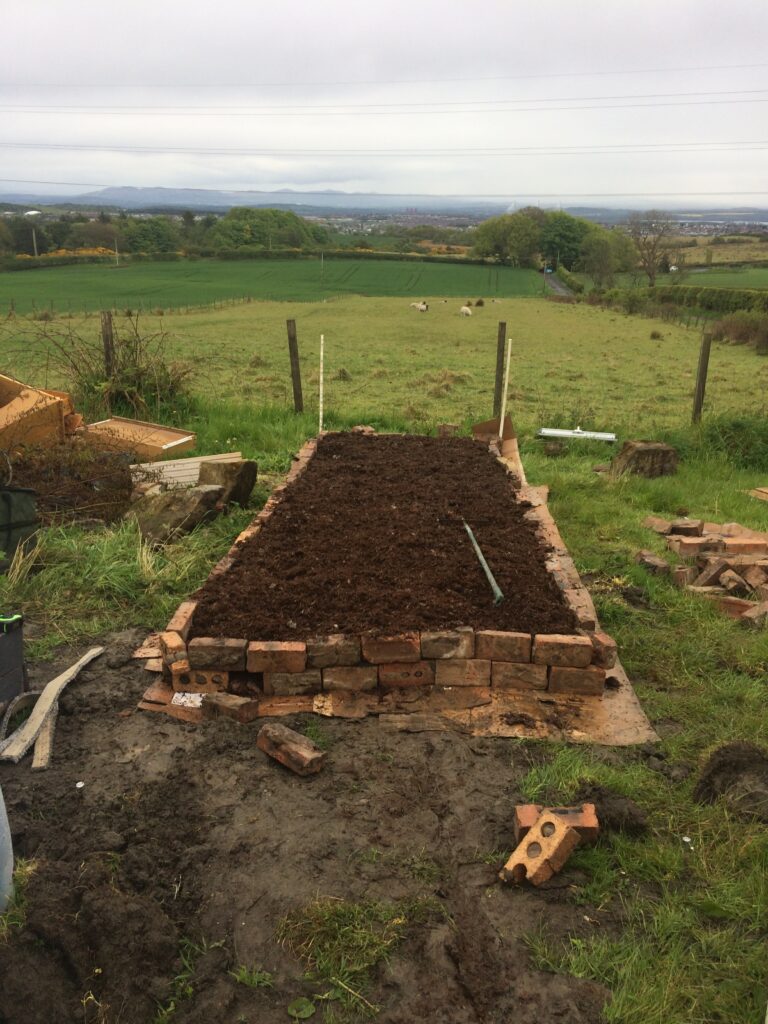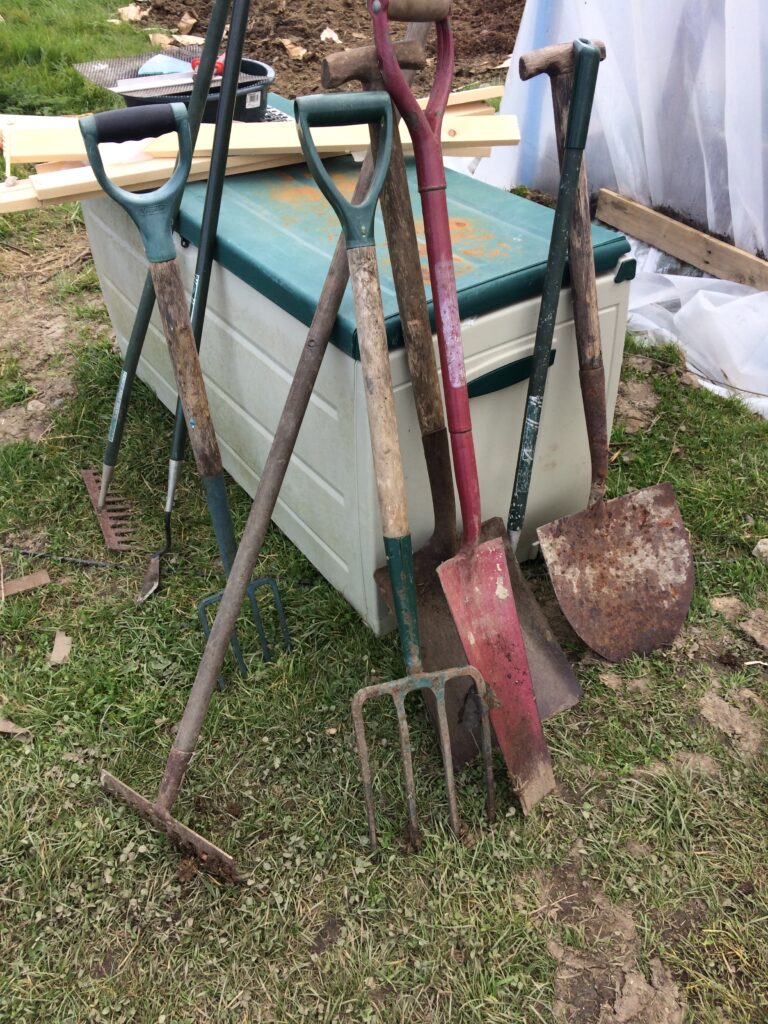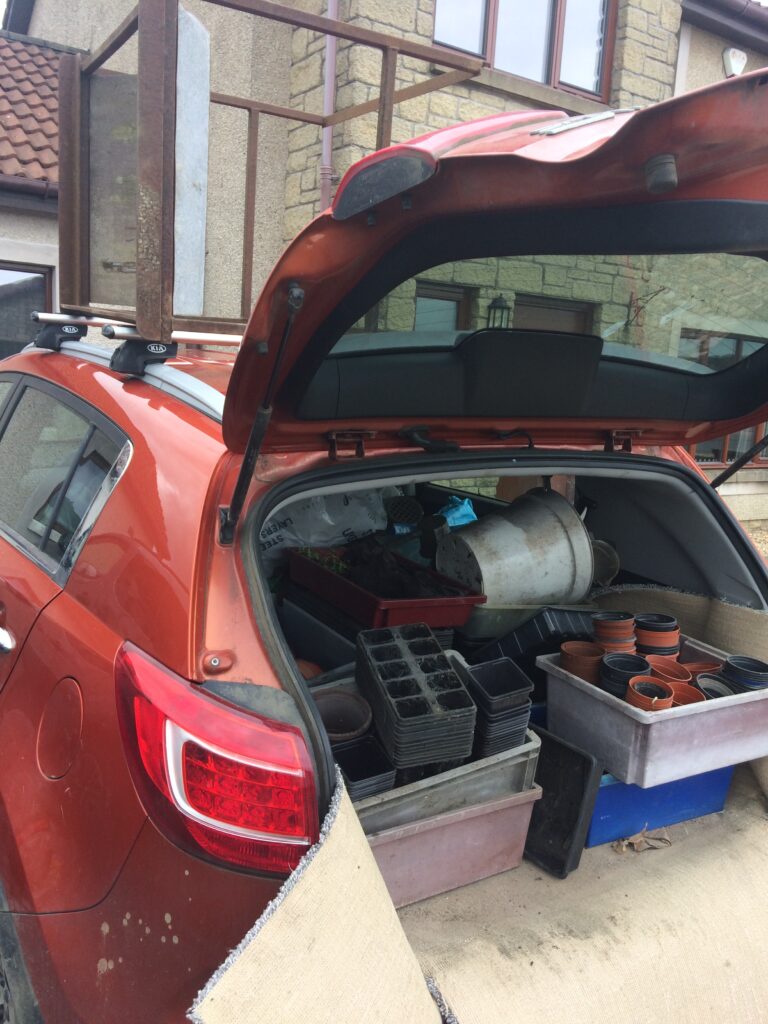A garden update
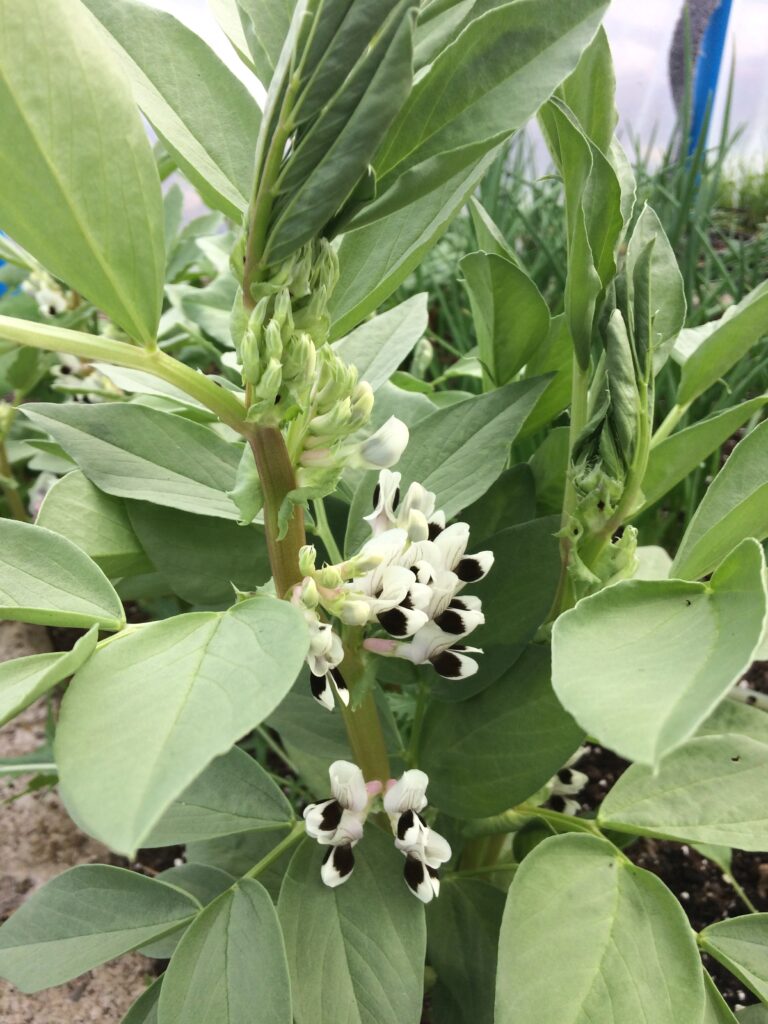
Broad Beans in flower 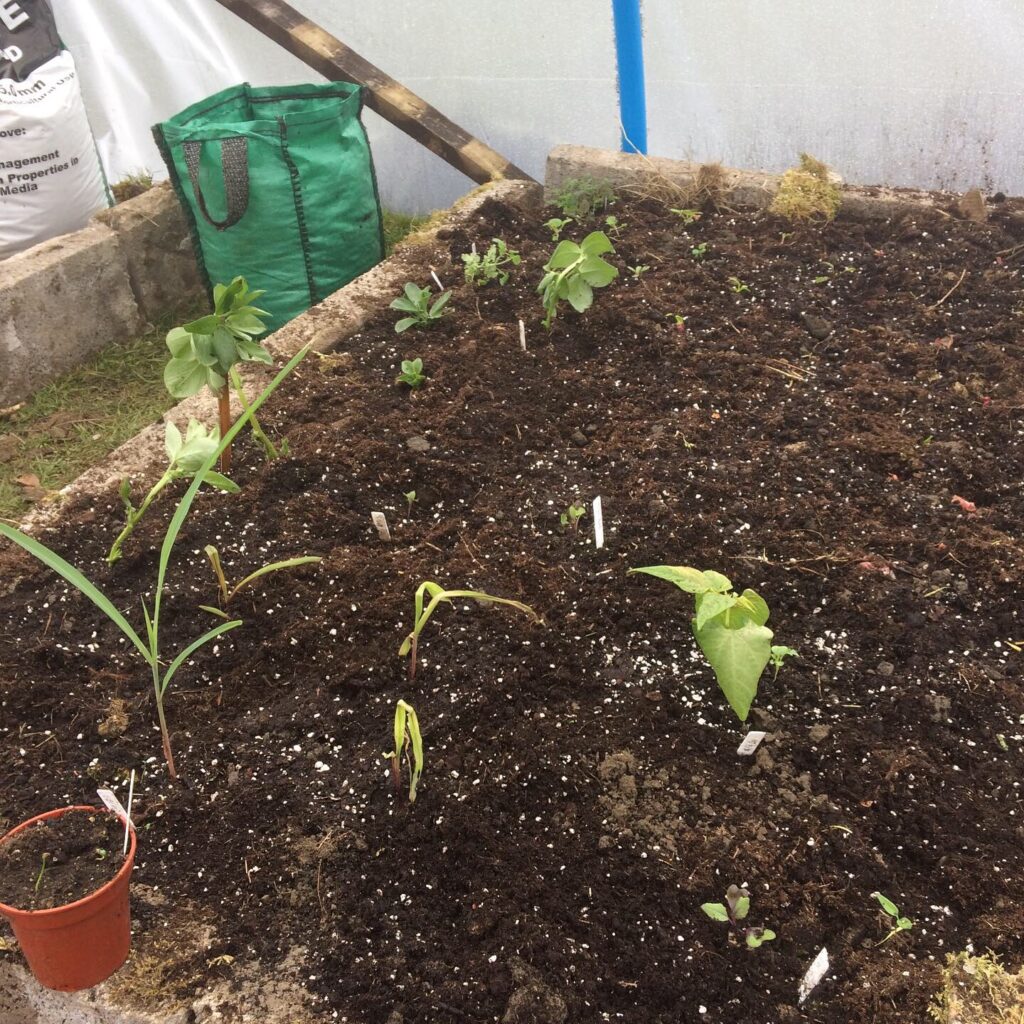
Bed on 4th May 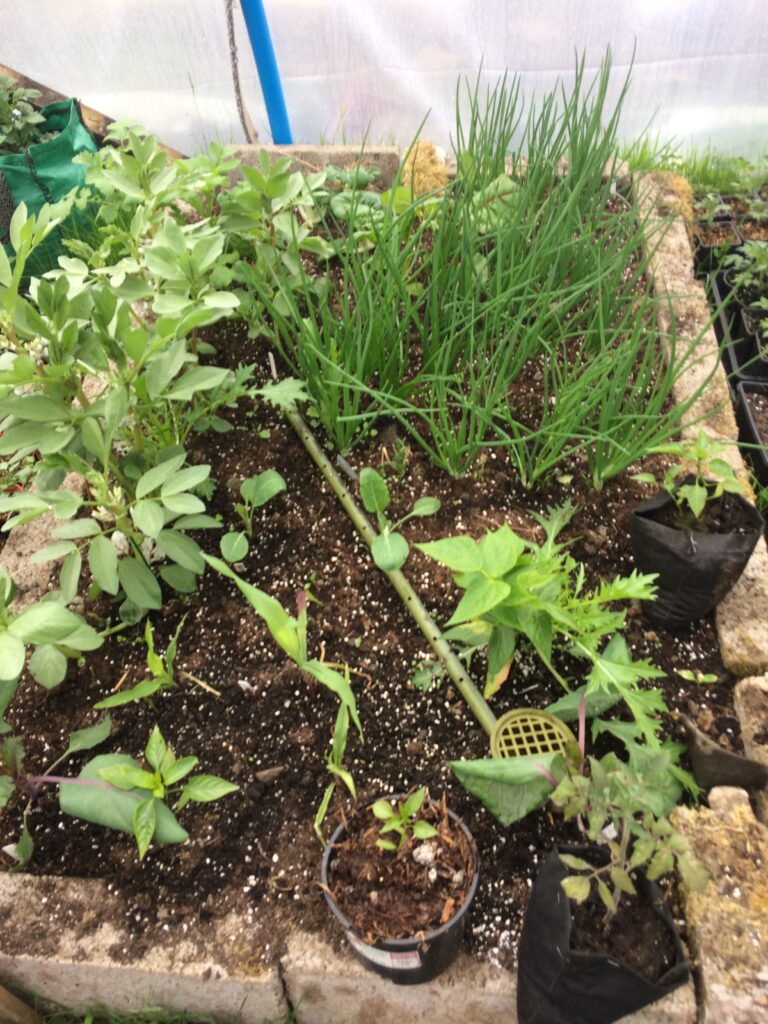
Bed on 27th of May 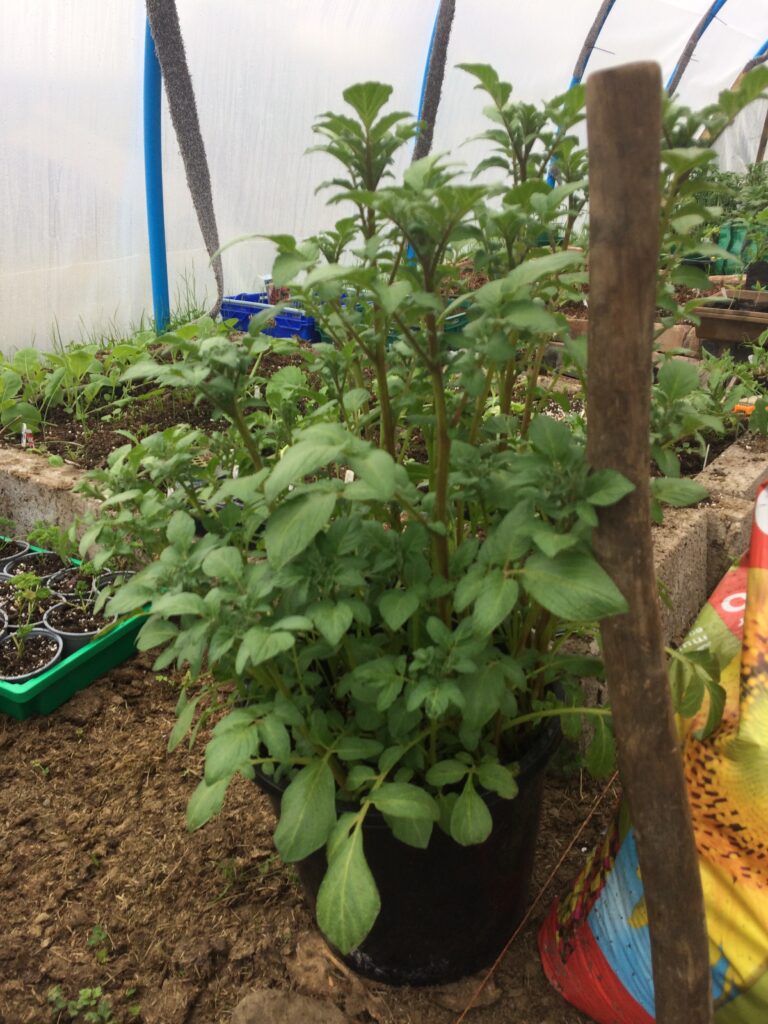
Ratte Potatoes 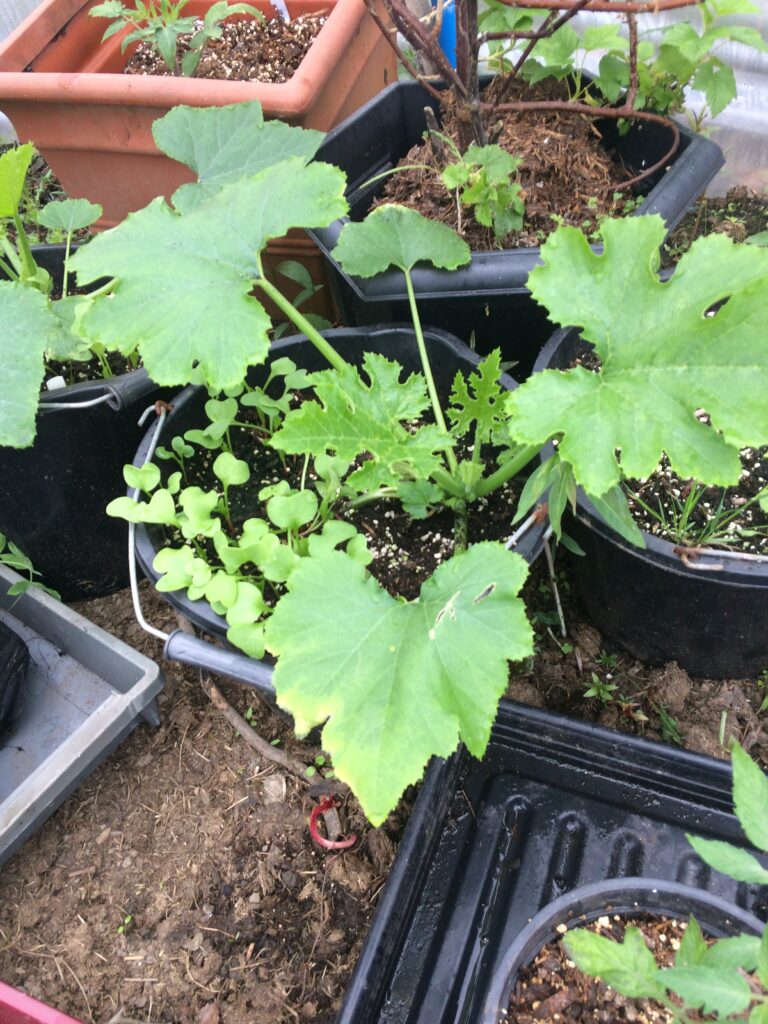
courgette I 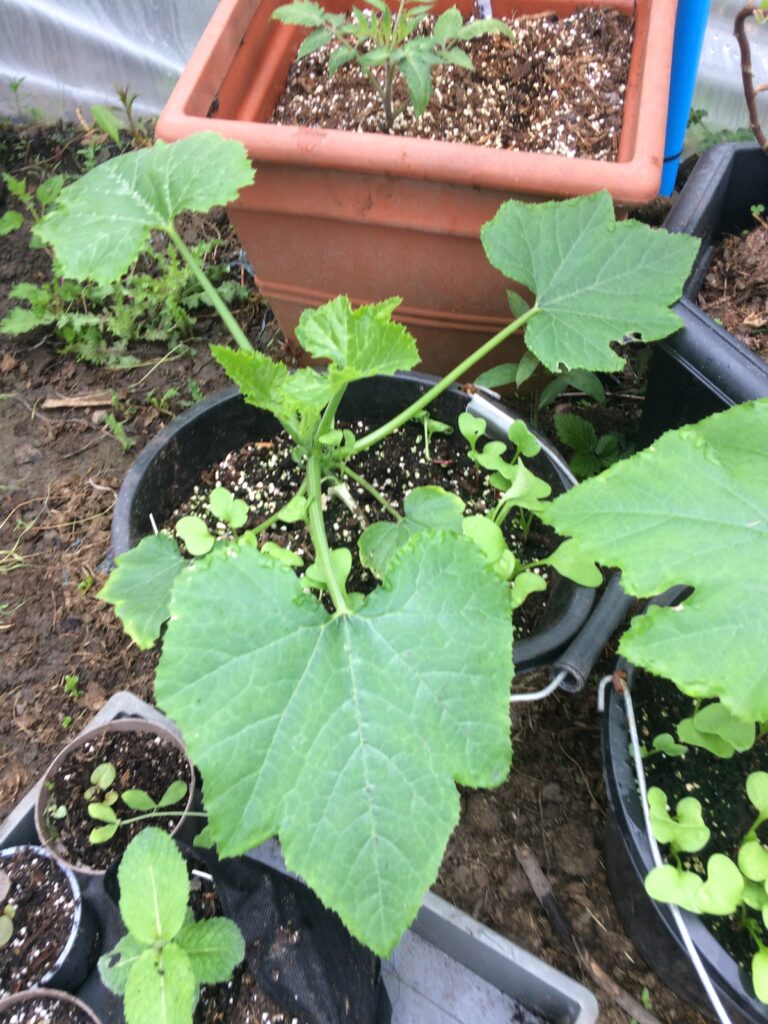
Courgette II 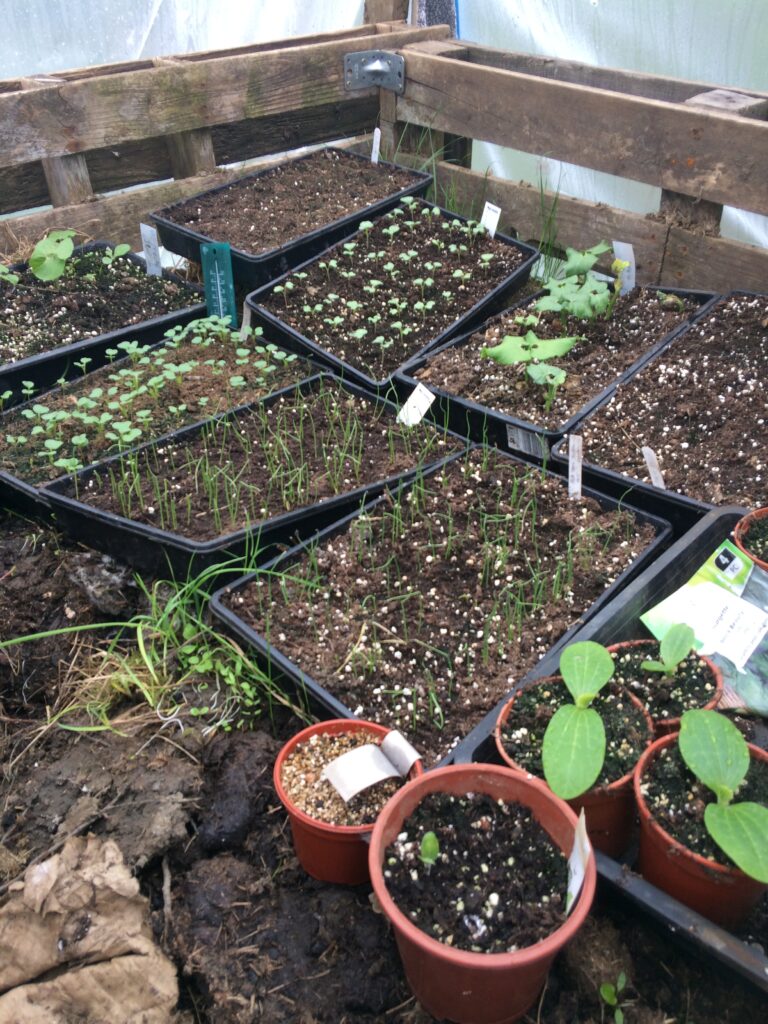
Seedlings on the Manure pile 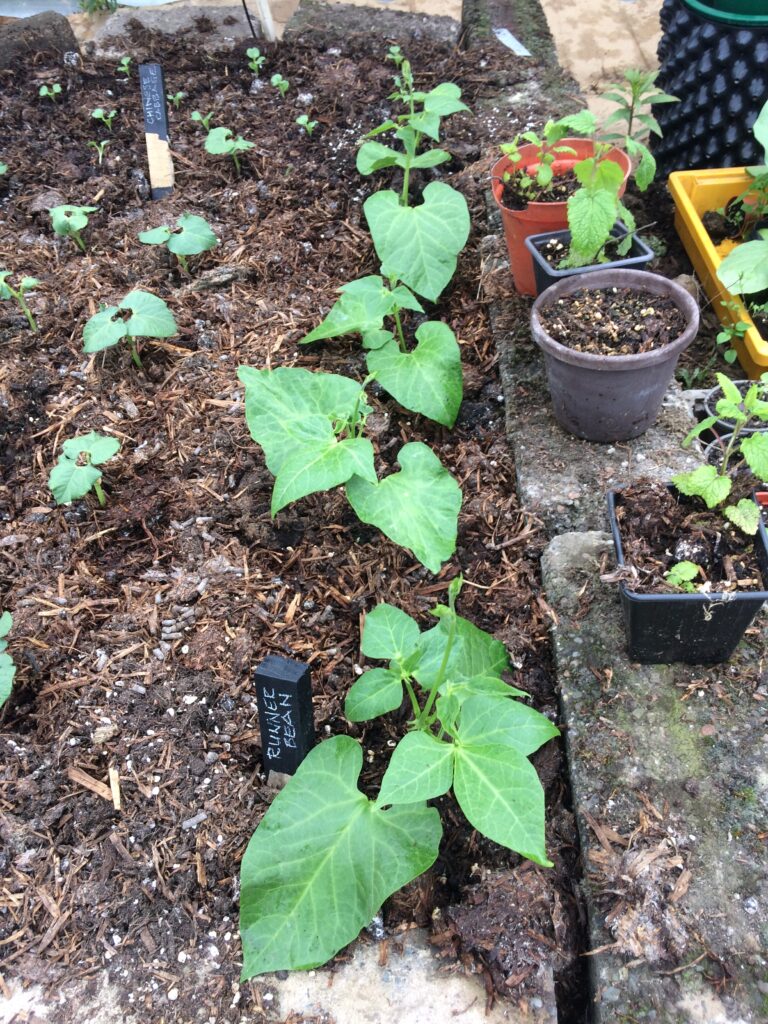
Runner beans 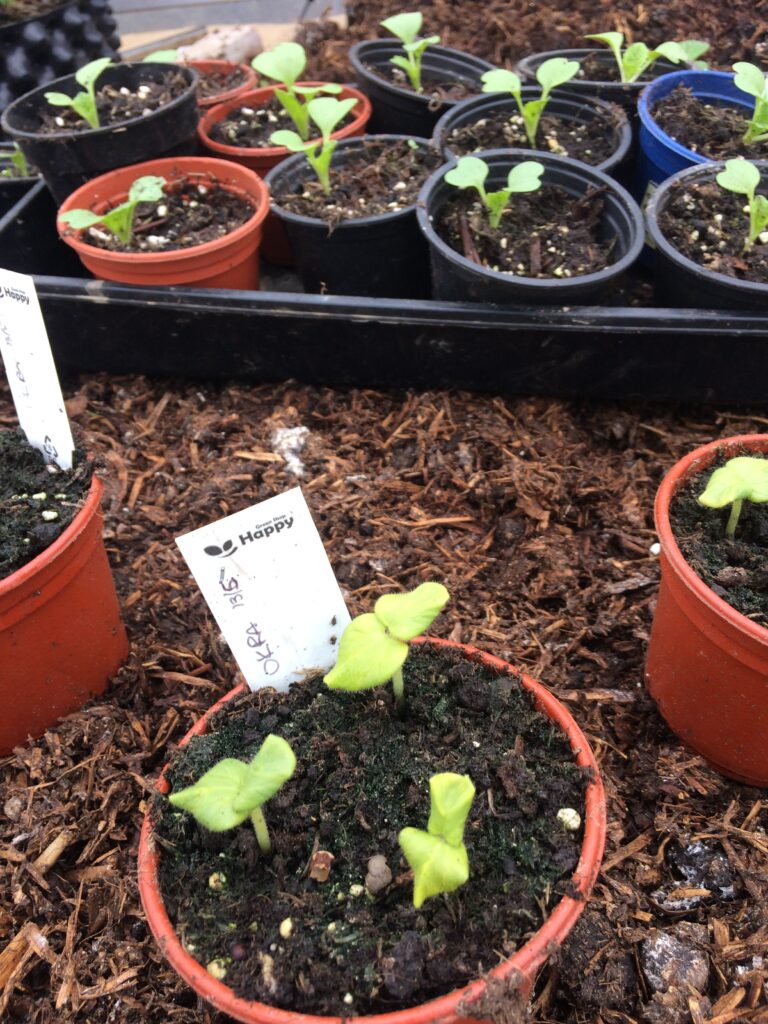
Okra and Chinese cabbage
My First Donation
It’s a convoluted story but it’s interesting how speaking to people links to other people.
My second Covid jag was yesterday. I was fresh out of the poly tunnel, boots and all. The nurse who was about to inflict pain made light conversation and I told her about the Sanctuary Garden. “Ooh” she said and Carrie told me all about EATS Roysth, they have a community garden and an orchard. They also provide essentials and dry goods. I spoke to Karen who sounded keen to receive anything we grow, because they also provide meals and so would use some of the less shelf stable vegetables in food they prepare.
When I offered my seedlings for the community garden, Karen said that they give the plants away and they go like hot cakes. Today I delivered some seedlings, Chinese Cabbage, parsley, mung beans, mint and Ray’s cherry tomatoes.
What more Tatties?
After planting the last long bed, I had a few more potatoes to plant. Using double bed bases, upcycled by wrapping in black weed fabric to unify the look, I filled them with 5 wheelbarrow loads of compost and planted the ‘last’ of the tatties. I do have a mix of odds and ends that I may plant in another bed, yet to be made. I’ve hundreds of onion sets to plant that I’ve not started yet. Who knows where they will go.
Almost all the compost from the second load is gone!
Bricks ‘n Beer
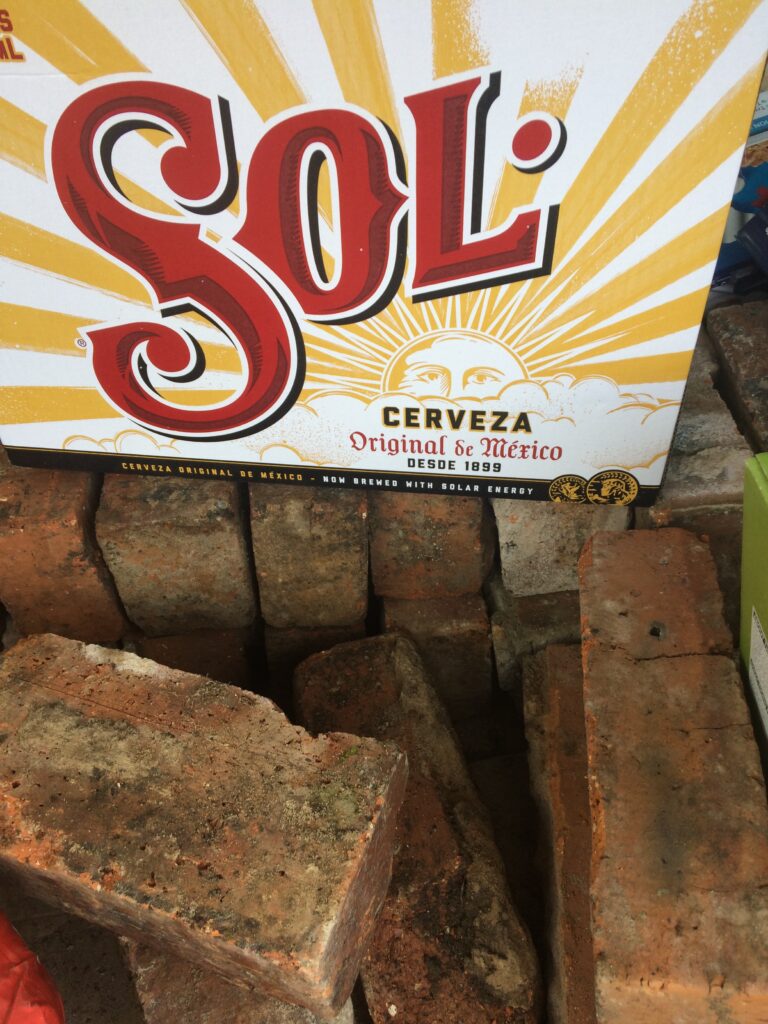
Today was hard graft. the poly tunnel trench was redug where the plastic cover had lifted, the cover retentioned and the trench filled (properly this time). I then used the budza (adz) to plant two beds of potatoes. I also made some cool plant name holders by slicing up a pallet, drilling a few holes and using bamboo skewers as legs.
Another bed was made, cardboard down, then bricks and filled with mushroom compost. While clearing the space, I found two frogs, so I’ve put them into the raised bed in my poly tunnel. I hope they stay. More bricks were needed so I loaded up the car, bought some beer and called it a day.
Bloody Wind
The wind managed to lift a part of the poly tunnel cover. It’s my own fault because I should have added more weight in trench while I had the chance.
The extended potato beds are filled and I’ve laid out the main crop potatoes. I’ll need at least another bed just for potatoes. I’ve bags of onions that need planting. Fortunately I have another load of compost coming early next week.
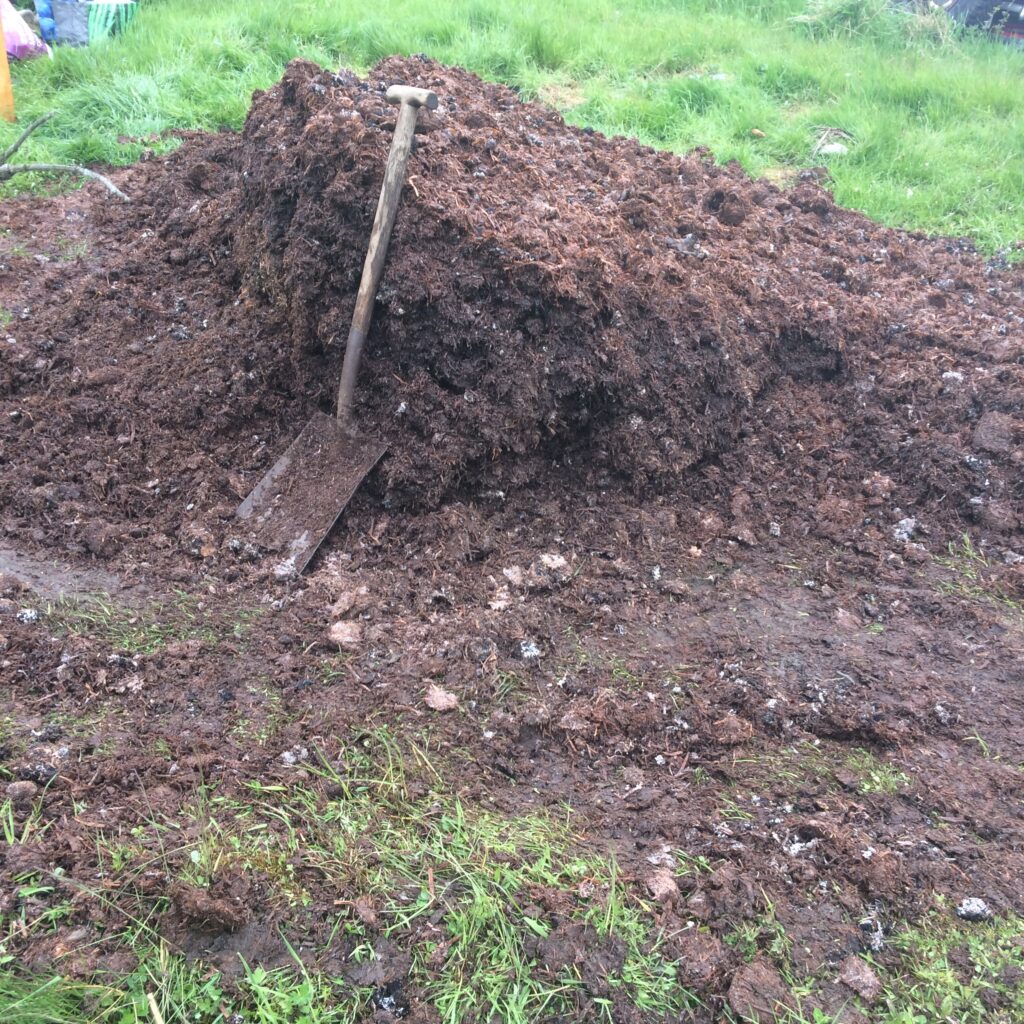
I’m going to try something; I know some of you will raise your eyebrows. I’ve a tall cupboard that I’m going to knock out the back of it and used it as a raised bed. I’ll also do the same with the bed bases and the drawers. from a desk. I may wrap them in weed fabric to keep the ‘look’ a little more uniform and less like a junk yard.
Potato Bed No 4
The first delivery of mushroom compost seemed to take about two weeks to arrange. The second load was delivered on the same day. Just shows what giving away cookies can do.
After two loads of bricks about a metric ton, half the compost, delivered yesterday and was saturated overnight; bed four is read for potatoes. Rain stopped play and I planted some Yin Yang bean seedlings into a poly tunnel bed, some folk call them orca beans because of the colours and shapes. It’s a bean bed with white kidney beans, yin yang and runner beans; the latter my least favourite to eat but I was given them.
I was given a kettle and some cups so I’m now good to go when it comes to offering a cuppa. I’ll need to upgrade the ‘P’ bucket to something more suitable for both sexes and numbers. (1 and 2)
Potato Planting
Two beds of potatoes have been planted. I used an adz, or a budza as it is called in Zim, to make light work of planting potatoes. The two beds took roughly 4 bags of potatoes. I’ll need three more beds the same size to plant up the rest of the potatoes!
It’s called an adz here, which is really a wood carving tool. In Zim they were called a bud-za and used all the subsistence farmers
The tomatoes Ray so kindly donated have been potted up; I have about 110 plants that I’ll grow on and sell for funds to build another tunnel.
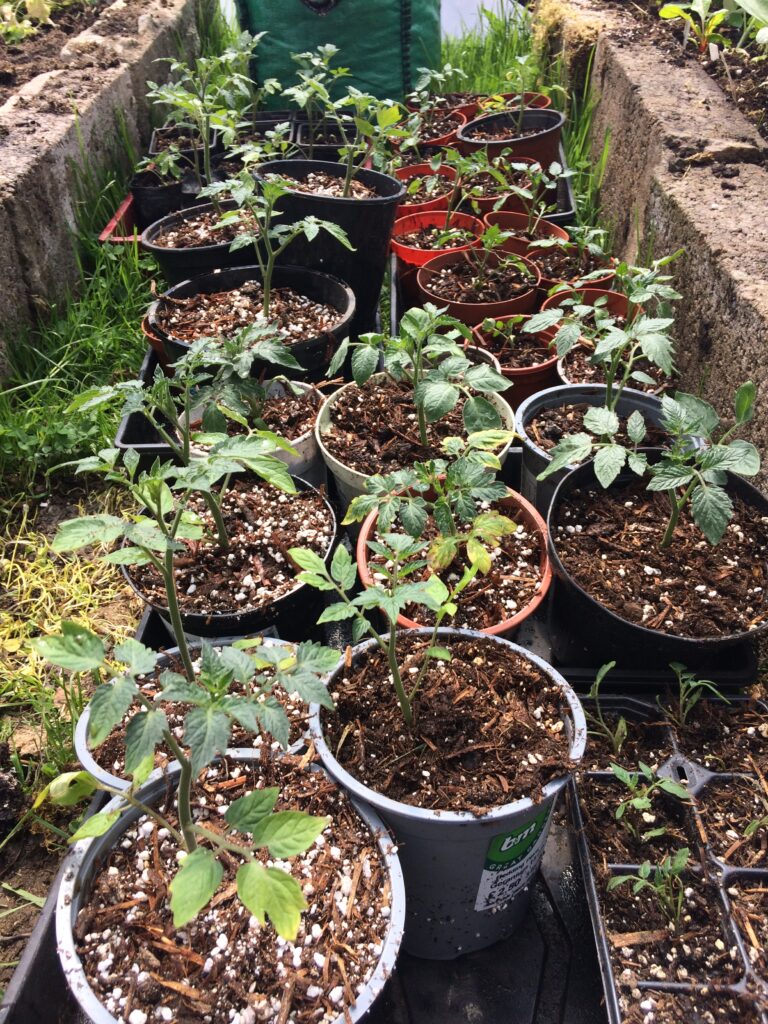
The Fife Carers Men’s group were invited to have a look at The Sanctuary Garden. Andy, our organiser and leader popped over as did Bryan with his neebor Frank, who is always welcome. That was it. A little disappointing but I can’t dwell on it, I need more compost!
Pot and tools
Over a cup of tea, the number of Ray’s tomatoes came up and the fact I did not want to buy any more plastic pots. Bryan has donated, the entire contents of his greenhouse that included oodles of pots, trays, with bespoke tampers and a hole-maker that looks like a bed of nails. The riddle he’d made is big enough to put a barrow below, had to go on the roof. I’m getting used to looking like the Clampetts when I drive around. All I need is a beatup ol’ hat like Jed.
Sara who placed an advert on gumtree for garden tools. My concern was that I would end up driving for hours to pick up a rusty hand trowel. As it turns out good people have replied; I’ve made a contact who has run a similar project and I’ll setup a meeting to learn from her experience. Irene messaged and donated spades, shovels, forks, rakes, weeders and a hand fork with a long handle.
All kind, generous good people. Thank you.
The compost arrived
It was tipped at 4:30, and while waiting, I managed to make a few beds using the aptly named ‘Grunters’. Although very heavy, I only need a few to make a bad. I’ll need more cardboard for the potato and the inside beds. IKEA packaging is great; no tape to remove.
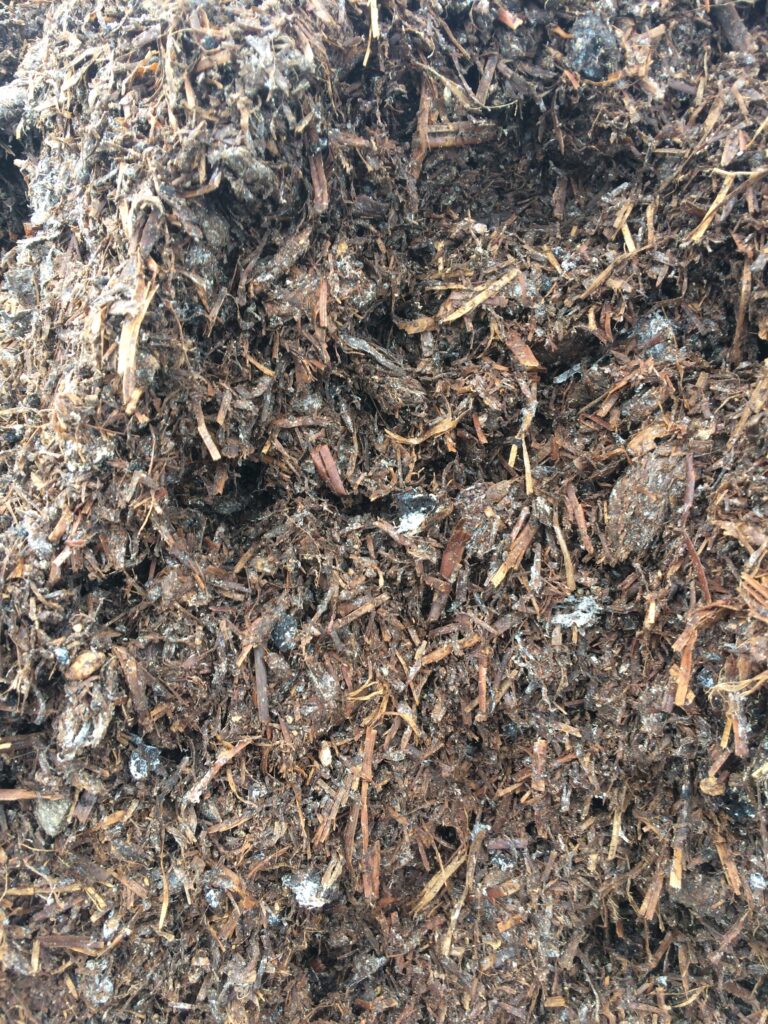
Mushroom Compost 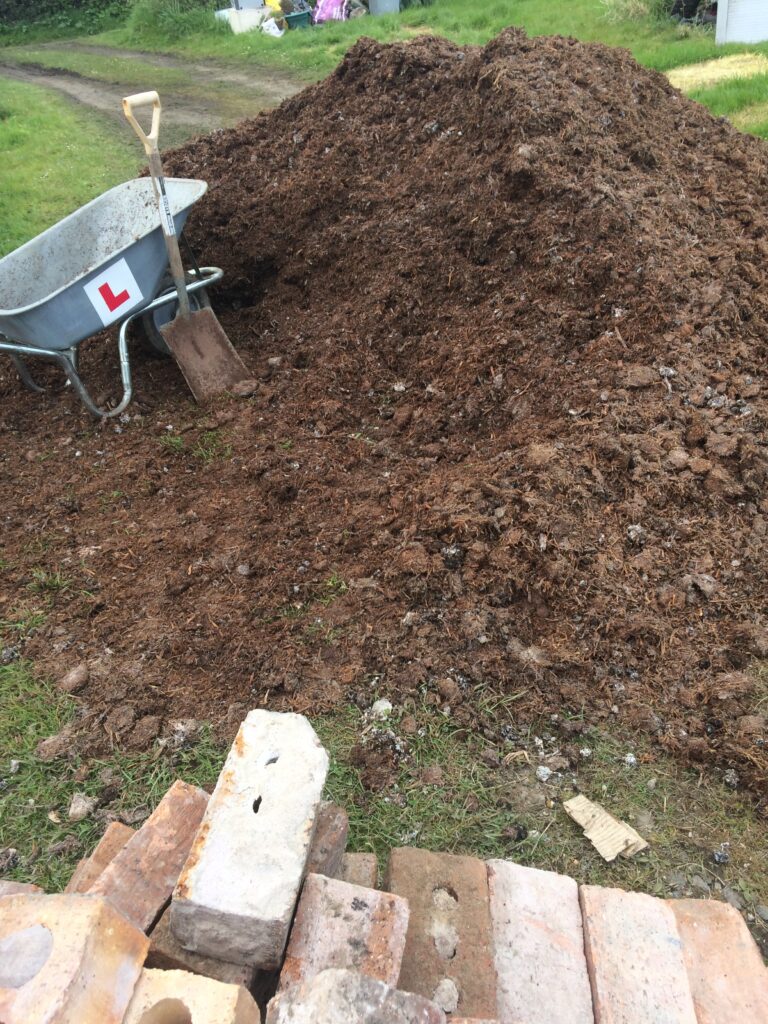
about 1/3 on the potato bed 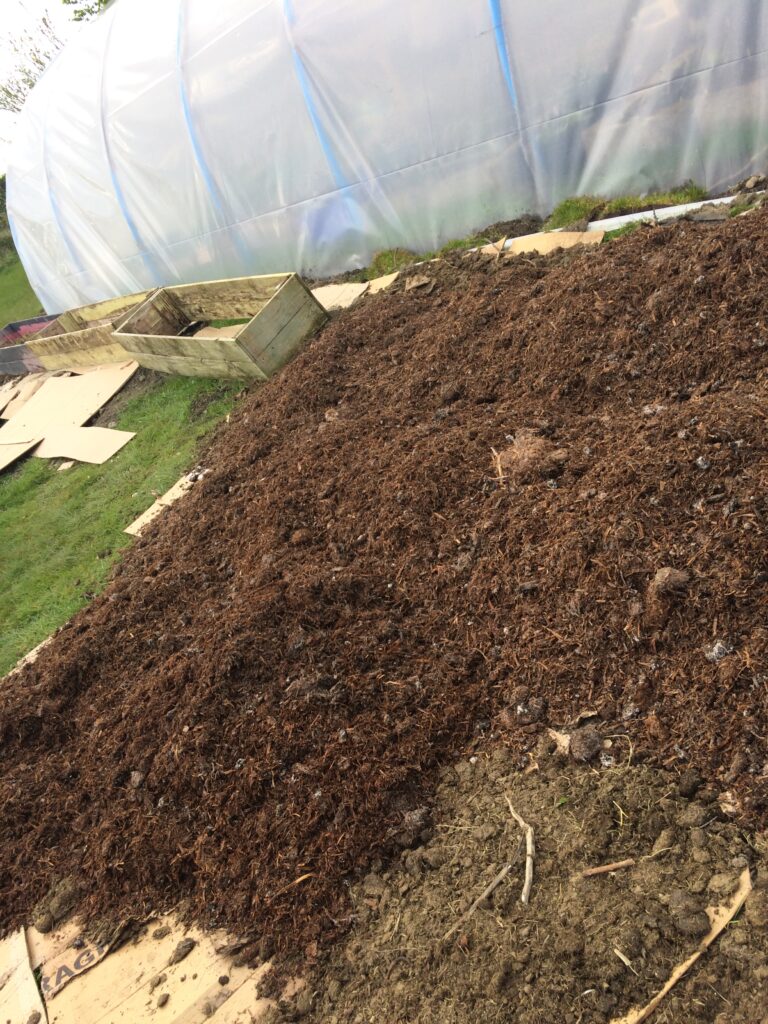
The potato bed 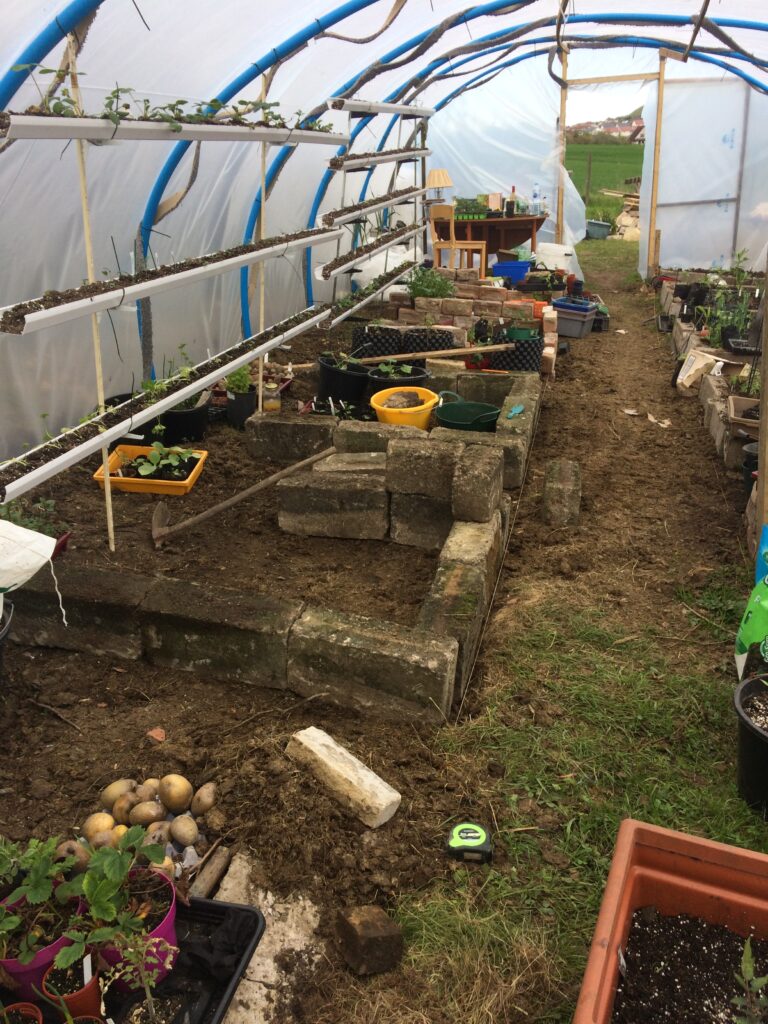
Bribery?
By promising a dozen biscuits to the supplier of the mushroom compost, I’ve had a response and the tipper should be here today. Not knowing what time he’s going to arrive, I’ve made them when I got up at 6.
Choc chip cookies, a firm favourite and Sara’s stamp of approval


